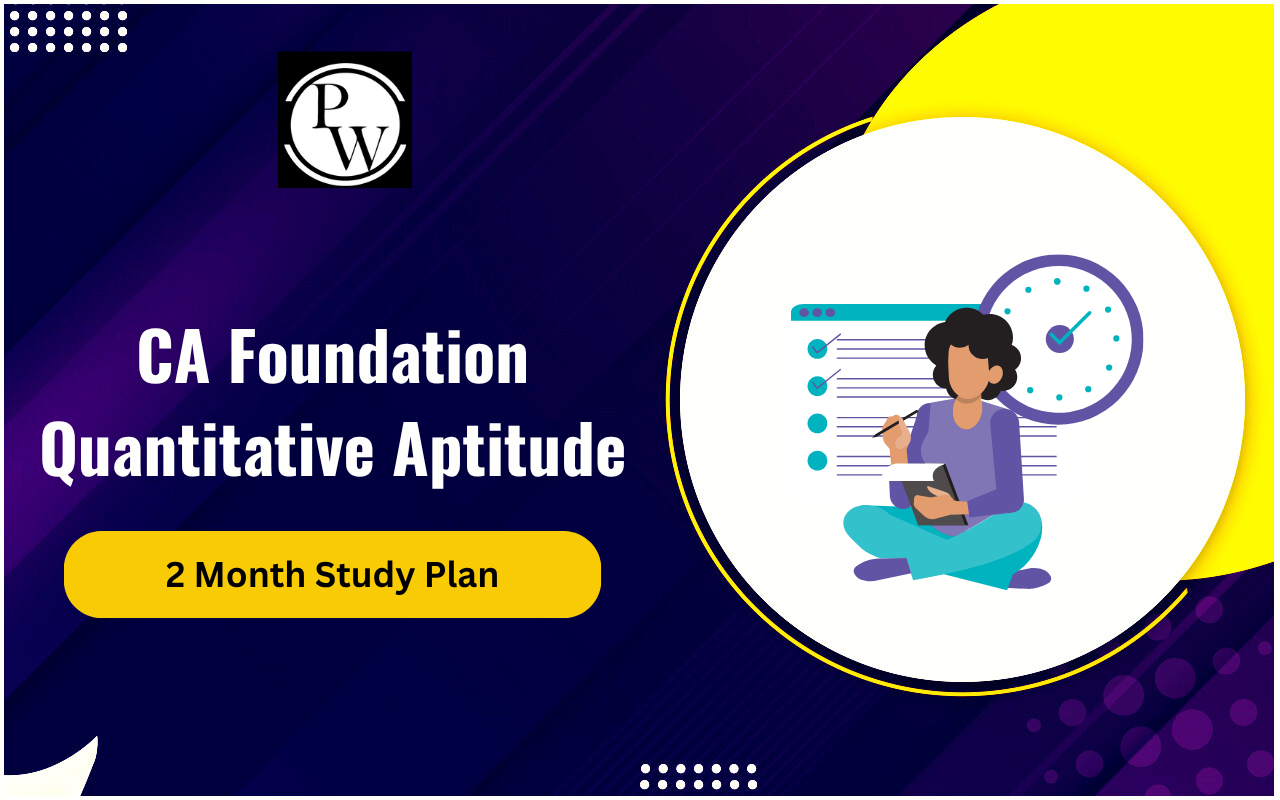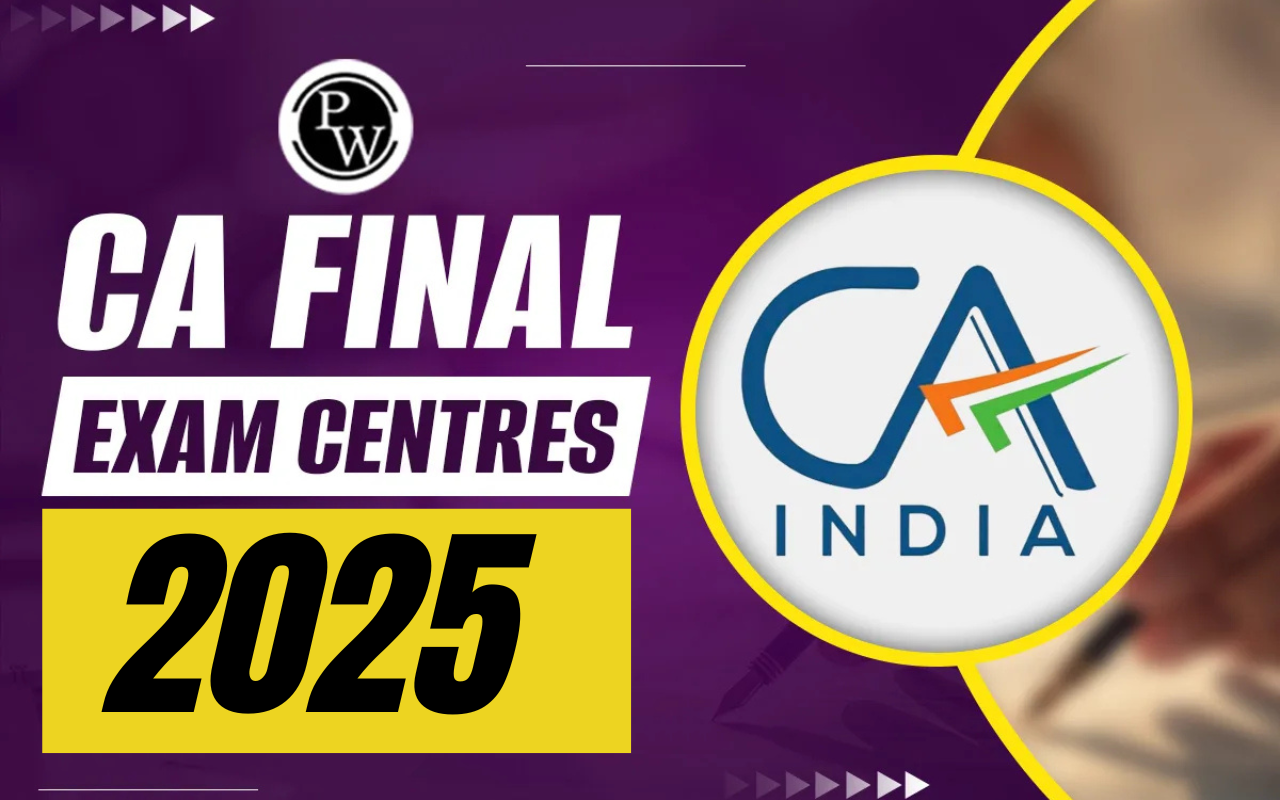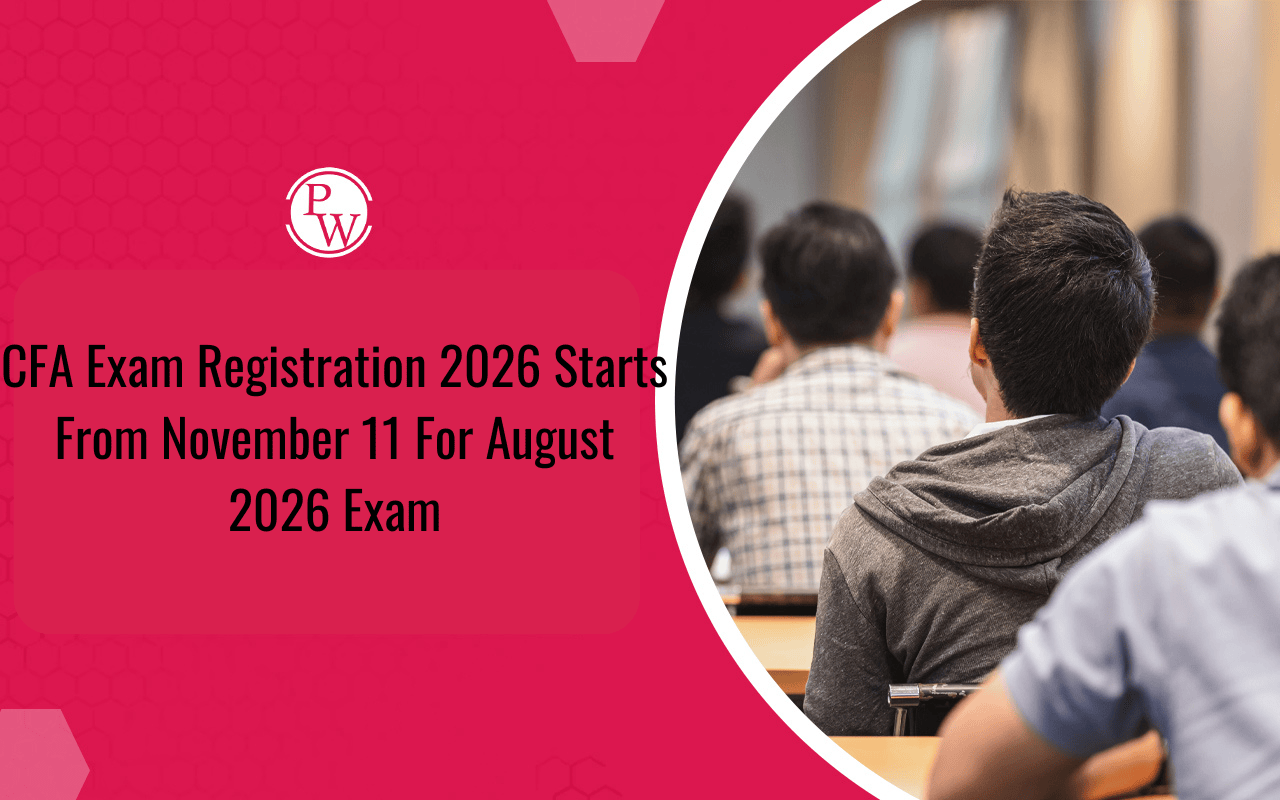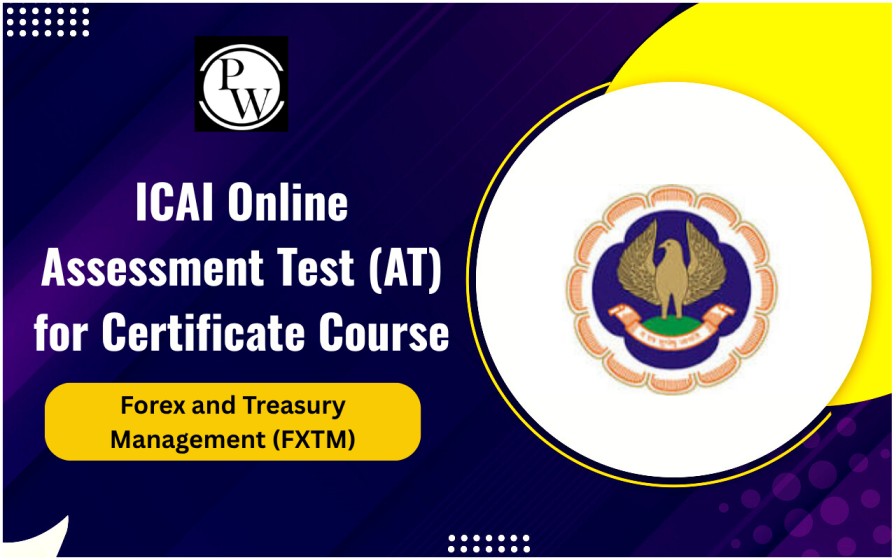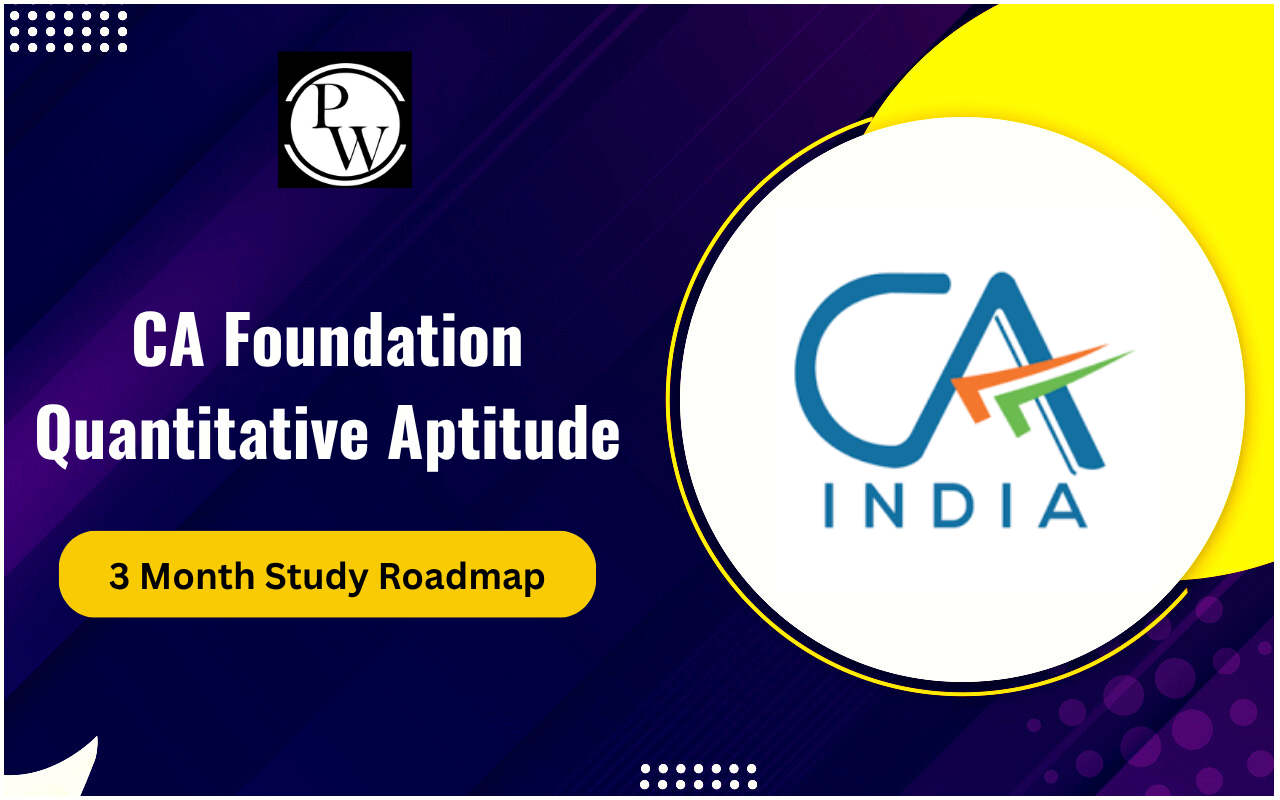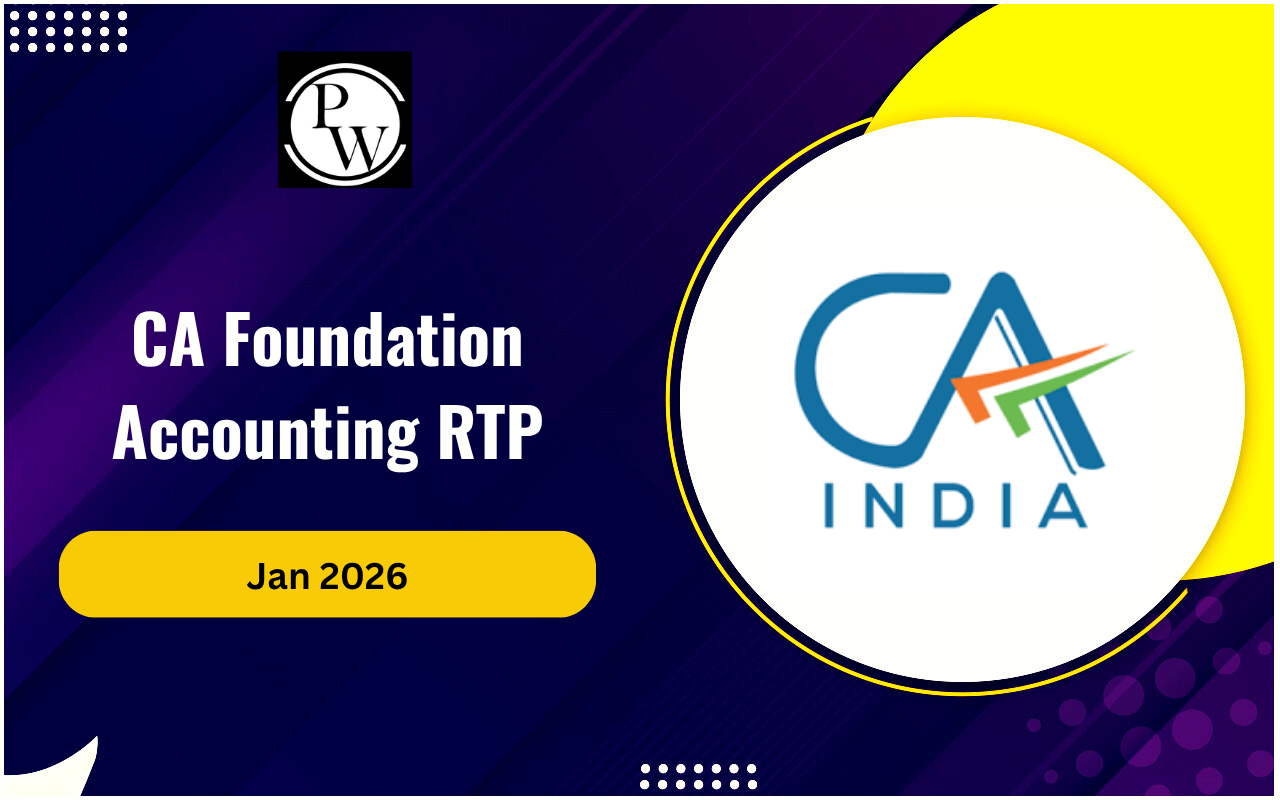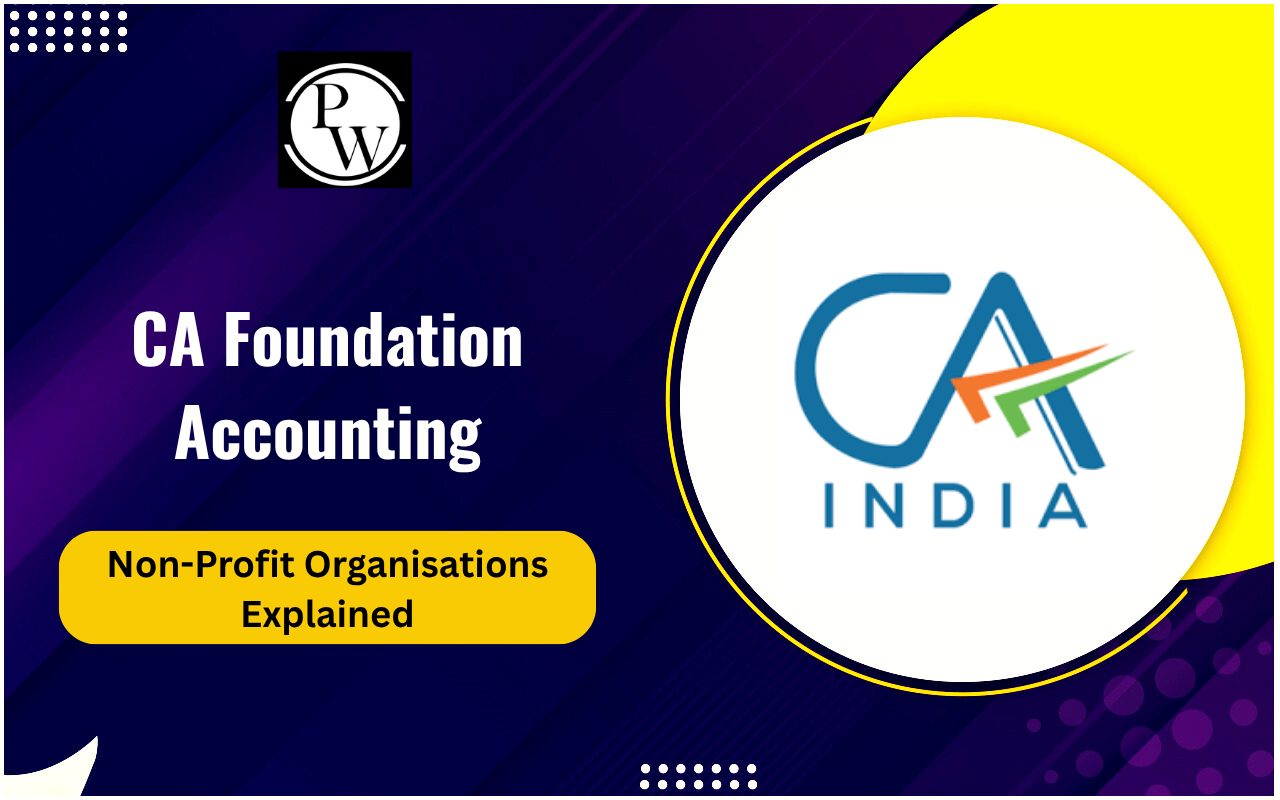
Accounting is the backbone of any business. Whether you are managing a small startup or handling the finances of a multinational corporation, understanding Basic Accounting Procedures is crucial. These procedures help in maintaining accurate records, ensuring compliance, and making informed financial decisions.
For CA students, mastering these principles is not just about passing exams but about becoming a proficient financial expert. Let's dive deep into the fundamental aspects of Basic Accounting Procedures for CA exams and their significance in the accounting world.
What Are Basic Accounting Procedures?
Basic Accounting Procedures refer to the standardized processes used to record, classify, and summarize financial transactions. These procedures form the foundation of accounting and are essential for ensuring accuracy and transparency in financial reporting. They include journal entries, ledger postings, trial balances, and financial statement preparation.
Mastering Basic Accounting Procedures is crucial for CA students, as these concepts are frequently tested in exams and applied in real-world accounting roles. From recording day-to-day transactions to preparing final accounts, these procedures guide every step of financial management.
Importance of Basic Accounting Procedures
Understanding Basic Accounting Procedures is not just about following rules; it plays a vital role in financial stability. These procedures ensure compliance with legal standards, help in tax calculations, and assist in making strategic business decisions. Without proper accounting, a business can face severe financial irregularities, legal troubles, and even bankruptcy.
For CA students, learning Basic Accounting Procedures is the stepping stone toward becoming successful accountants. It provides clarity on how businesses operate financially and prepares students for auditing, taxation, and corporate finance roles.
Key Components of Basic Accounting Procedures
Before diving into specific accounting processes, it is essential to understand the significance of these components. They serve as the framework for recording, analyzing, and interpreting financial transactions effectively. A strong grasp of these elements ensures accuracy and reliability in financial reporting.
Journal Entries and Recording Transactions
One of the first steps in Basic Accounting Procedures is recording financial transactions through journal entries. Every business transaction must be recorded in the books of accounts based on the double-entry system, ensuring that every debit has a corresponding credit.
Journal entries act as the foundation for maintaining financial records. Errors at this stage can lead to discrepancies in financial statements. Hence, CA students must develop a keen eye for detail while practicing journal entries.
Posting to Ledger Accounts
Once transactions are recorded in journals, they are transferred to ledger accounts. The ledger helps in classifying transactions under appropriate accounts such as assets, liabilities, income, and expenses.
In Basic Accounting Procedures, the ledger plays a critical role in ensuring organized and systematic financial reporting. Each transaction is categorized, making it easier to prepare financial statements and analyze financial health.
Preparing a Trial Balance
A trial balance is a statement that ensures that the total debits equal total credits. It serves as a checkpoint before preparing financial statements.
For CA students, understanding how to prepare a trial balance is essential. Any mismatch in the trial balance indicates errors in journal entries or ledger postings, which must be corrected before proceeding further in the accounting cycle.
Preparation of Financial Statements
Financial statements summarize a company’s financial performance and position. Understanding their preparation is crucial for ensuring transparency, compliance, and informed decision-making, making them a key part of Basic Accounting Procedures.
Creating the Profit and Loss Statement
One of the essential components of Basic Accounting Procedures is preparing financial statements, including the Profit and Loss (P&L) statement. This statement provides a summary of revenues and expenses over a specific period, determining whether a business has made a profit or incurred a loss.
A well-prepared P&L statement helps businesses analyze their financial performance and make strategic decisions regarding cost-cutting and revenue generation.
Drafting the Balance Sheet
The balance sheet is another crucial financial statement that provides a snapshot of a company's financial position. It consists of assets, liabilities, and equity, giving a clear picture of what the company owns and owes at a given point in time.
In Basic Accounting Procedures, preparing a balance sheet accurately is vital for assessing financial health and ensuring compliance with accounting standards.
Adjustments and Closing Entries
As the accounting period comes to an end, adjustments are necessary to ensure financial records accurately reflect a company’s true financial position. These adjustments align revenues and expenses with the correct accounting period.
Making Adjusting Entries
Adjusting entries are necessary to account for accrued expenses, prepaid expenses, and other adjustments required for accurate financial reporting.
In the context of Basic Accounting Procedures, adjusting entries ensure that revenues and expenses are recognized in the correct accounting period. This step enhances the reliability of financial statements.
Closing Entries and Finalization
Closing entries mark the end of an accounting cycle. These entries transfer balances from temporary accounts (like revenue and expense accounts) to permanent accounts (like retained earnings).
For CA students, understanding how to perform closing entries is essential as it helps in finalizing accounts before starting a new accounting cycle.
Basic Accounting Procedures FAQs
What are Basic Accounting Procedures?
Why are Basic Accounting Procedures important for businesses?
How do journal entries help in Basic Accounting Procedures?
What is the role of a trial balance in Basic Accounting Procedures?


